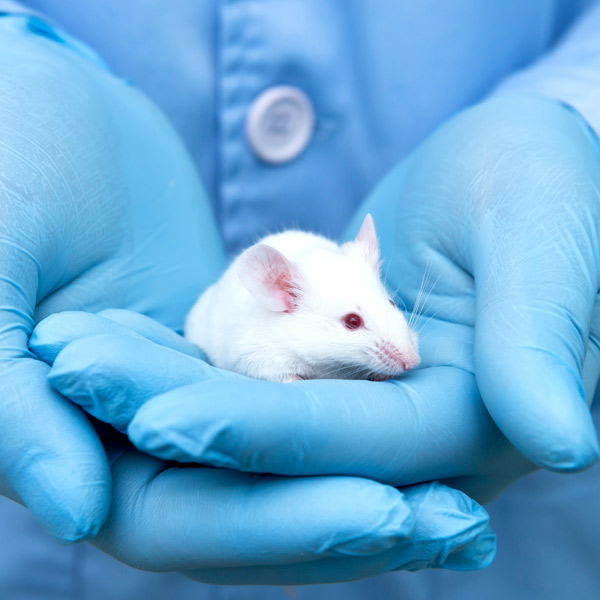
The
DEVELOPMENT
The development of new active pharmaceutical agents and products is a tedious and time-consuming process. The drug candidates must be repeatedly tested in animal studies, on the one hand to demonstrate the general efficacy against a disease and on the other hand to determine the possible side effects. In addition to the ethical concerns about animal experiments, it is also repeatedly shown that not all the results are transferable to humans. Up to 85% of the drug candidates evaluated in the preliminary investigations prove to be unsuitable for humans in the clinical trial phase.
These failures increase the cost of drug development and cause animal experiments, which subsequently prove to be pointless. The necessary animal experiments should be kept to a minimum and at the same time the predictive capability of the test systems should be increased, last but not least to avoid costly failures. Therefore, alternatives have been sought for a long time in order to be able to use ethically less problematic and more reliable test systems, at least in the early stages of drug development: in pharmaceutical drug screening.

© Adobe Stock


© Adobe Stock
The
3R PRINCIPLE
In 1959, the British scientists William Russel and Rex Burch formulated the 3R principle as the principle of experimental scientific work and published them in their book “The Principles of Humane Experimental Technique” in 1959. According to that animal experiments should as far as possible be replaced by other methods (Replacement), the number of animals reduced (Reduction) and their suffering minimized in the experiments (Refinement).
With the European Directive 2010/63 / EU for the protection of animals used for scientific purposes, the internationally recognized principle of the 3R received in 2010 for the first time also a legal recognition. According to the Federal Institute for Risk Assessment, the regulations of the European Directive and thus also the 3R principle were implemented into German law in 2013 with the amended Animal Welfare Act and the Animal Protection Laboratory Animal Ordinance.
